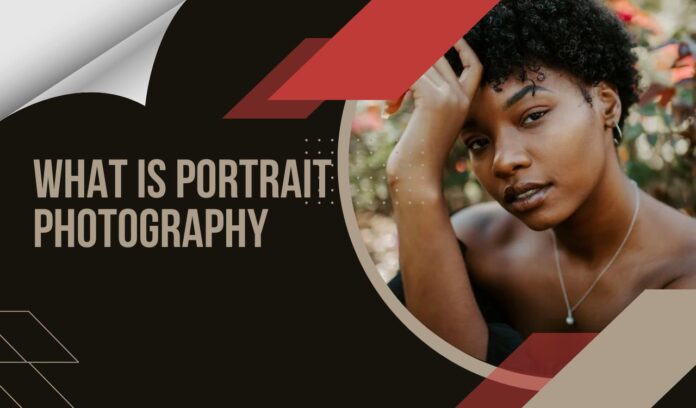What is Portrait photography? It focuses on capturing the facial expression of a person. But, this type of photography is more than just taking pictures of faces.
Portraits should reflect the attitude and distinct traits of one’s unique personality.
Also, it can be purely artistic or it can be clinical, using the captured images for medical study.
Every individual is unique and has a personality developed and carved differently.
One of the main purposes of portrait photography and its techniques is to immortalize each person’s personality so that it can be kept forever.
For this, portrait photography uses more than just the face or aspect of a person.
The background and posture of the person, together with light and other elements, will help you underline one’s character in pictures.
What is Portrait Photography?
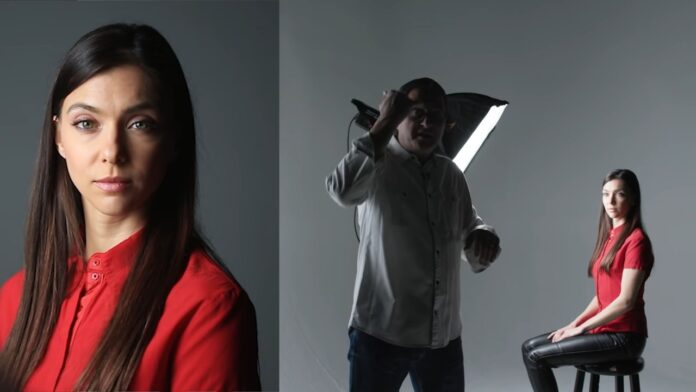
Making a portrait photo may seem like a rather straightforward process. But, as you will learn in the following lines, portrait photography is not that easy.
It’s not about taking simple mug shots of people you see, but use the power of photography and various details to underline a person’s unique traits, attitude, and character.
Now that you think about it, portrait photography is quite challenging, maybe even more than photographing landscapes.
To obtain spectacular portraits, a photographer must learn how to work with people.
Interacting with them in a certain manner and paying attention to details that sets them apart from the rest is definitely helpful when you’re trying to get a portrait.
Besides the ability to interact well with people, a portrait photographer must also know how to use his or her camera, light, and portrait techniques to obtain the best results.
The ideal exposure is crucial in the case of such photos, making the difference between an expressive portrait or just another mug shot.
So, practicing is important, as it will help the photographer realize what works and what doesn’t.
Also, knowing a few tips and tricks may also come in handy when taking portraits.
Know how to troubleshoot the landscape lighting system on your own.
Types of Portrait Photography
You may be tempted to think that there’s only one type of portrait photography because, after all, you’re making portraits.
Well, there are quite a few types of portrait photography out there. If you want to become an experienced photographer that produces quality photos, you should learn all about them.
Make your own ring light at home at a cheap cost.
01. Lifestyle portraits
Portraits reflecting lifestyle are quite different than the kind of portraits most of us are used to.
This type of portrait can be taken to one person or to a group of persons, depending on the desired result.
The main goal of this kind of portrait is to capture fragments of one’s life.
Thus, elements coming from the background will be used, so that the final image looks like a second of someone’s day.
This is why lifestyle portraits are never taken in a studio. They are made in familiar environments, in areas where the subject or subjects are spending most of their time.
02. Traditional or regular portraits
The traditional portrait is the classic type of portrait, consisting of an image of a person looking at the camera.
In this case, the person’s face and expression are the central pieces of the photo.
The photographer should help the subject look at his or her best, so various poses should be used to generate the most representative portrait.
Most of the time, this type of portrait is taken in a professional studio, where light and exposure can be controlled in the best way possible.
Also, traditional portraits are a crop featuring a person’s head and shoulders, instead of the entire body. Of course, this is not a rule, but it is often respected by photographers.
Which is the best low-voltage transformer for outdoor lighting?
03. Environmental portraits
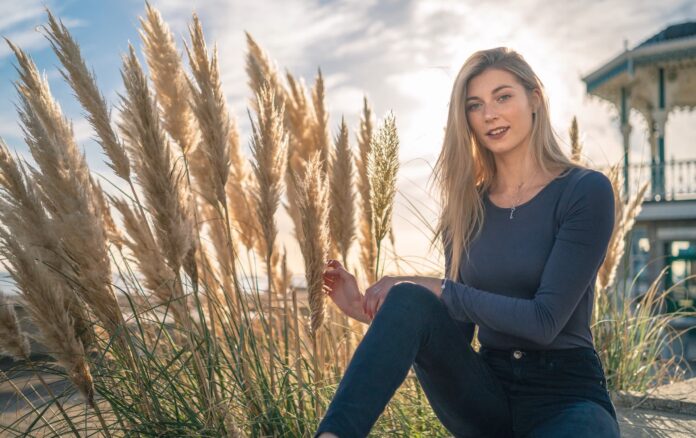
As it is easy to tell, environmental details or background décor are important for this type of portrait.
A person will still be the central piece of the image, but the photo will also contain a good amount of the surrounding environment.
Thus, backgrounds with certain meanings will be chosen for the photo session.
It can be an environment that has a particular value for the subject or it can be an environment chosen solely for its artistic details.
When choosing the environment, it is important to think about sets that can underline the subject’s personality and unique beauty.
While the subject is most important, in this case, the surrounding environment is just as important. So, using light and different poses can help the photographer obtain the best results.
04. Candid portraits
While we talked about portrait types that are planned so far, it is worth knowing that candid portraits are the unplanned type.
The beauty of these portraits is that they are captured on the spot, without any previous preparation.
The photographer must keep his or her eyes open for images and moments that occur naturally and have a particular emotional charge.
Don’t get this wrong. Candid portraits don’t necessarily require taking photos of strangers walking down the streets.
You can use friends and people you know for a candid portrait. The difference lays in the fact that you don’t plan anything ahead.
The photographer is using natural light and background elements to capture a candid portrait and get the most out of the reality unfolding in front of his or her eyes.
05. Beauty portraits
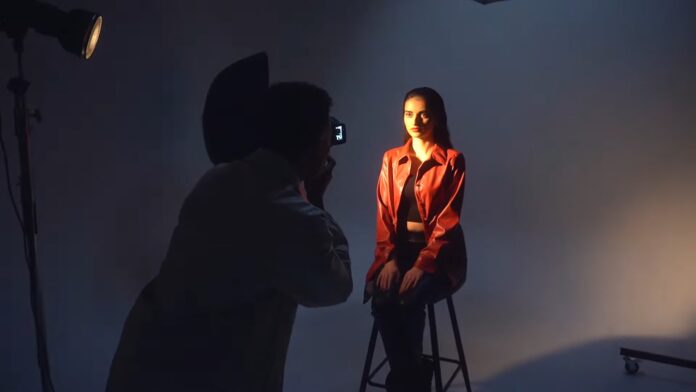
Beauty portraits are also known as glamour portraits. They are meant to emphasize a woman’s beauty and are often used in the fashion and cosmetics industries.
This type of portrait photography is carefully planned. Starting with choosing an adequate background, usually a professional photo studio, wardrobe, and going to make up done by experts, every detail counts.
Even so, what the person wears is not that important. Because we are talking about a portrait, the main thing that needs to be captured on camera is the beauty of the woman that is photographed.
Glamour portraits can also be sensual, depicting a woman in lingerie or even nudes.
But, in every case, this type of portrait should bring forward the best in the woman that is posing in front of the camera.
06. Fine art portraits
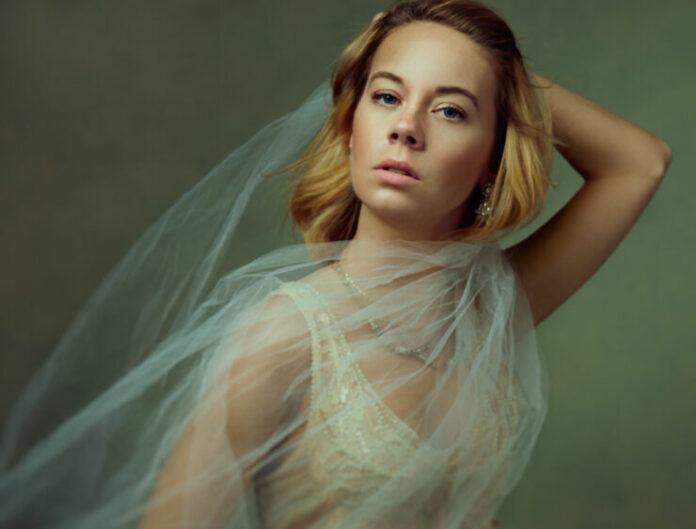
This type of portrait photography is often a subject of debate among photographers and artists.
It can be rather hard to determine what makes fine art and when an artistic manifestation can be considered as being fine art.
So, the outlines of this type can be a bit blurry. But, in general, if an art piece can find its place inside an art gallery, then it could be considered fine art.
Thus, this type of portraits is not the kind you will find in someone’s home. This means that the portrait can end up being very creative.
The photographer can be influenced by certain artistic and cultural movements, can use creative makeup and clothing items, and can even edit the obtained images so that the result is an artistic one.
07. Self-portrait
These days, everyone knows what a selfie is. You grab a smartphone, turn on the camera, and take a snapshot of your face.
However, if you’re looking to obtain a high-quality photo, in this case, using just your arms can be challenging.
A tripod or selfie stick, if you’re using a smartphone, will help you enjoy better self-portraits.
A remote release can also be useful, giving you the chance to focus on what you’re doing so you can compose yourself for the photo.
After all, if you’re a photographer, you won’t allow a self-portrait or selfie to come out by chance. Putting some effort into it, and creativity will produce the best self-portraits.
Review of video capture devices for personal and professional use (Top Picks).
08. Group portraits
A portrait is not always a photo of one single person. Portrait photography can be used on couples, families, and groups alike.
So, in the resulting images, you will have more than one face, together with background elements, according to the case.
This is also considered one of the most challenging types of portrait photography.
This is because several people, and children, will have to pose at once and interact with the photographer.
Thus, synchronization is key in this case. But, with a bit of practice and communication with the persons participating in the photo session, it is possible to make beautiful photos.
Portrait Photography Techniques
When taking portraits, you need to consider the desired result. What would you like to capture with the help of portrait photography?
Is it the essence and character of a person or images depicting moments of one’s life?
Are they going to be personal images or photos taken for specific purposes, like a marketing campaign? Here are the main approaches used by portrait photographers.
The candid approach
If you want to surprise candid images of a person, you must take photos when your subject thinks that you’re not working.
However, even in this case, the photographer can direct a photo in the desired attention.
Of course, this has to be subtle, so that the subject behaves naturally, not suspecting that photos are being taken.
Only this way you can make candid portraits, which reflect a person just as he or she is in their everyday lives.
The environmental approach
In the case of an environmental approach, the background where the photos are taken is just as important as the subject of the portrait.
Because we are talking about a portrait, the background should be familiar with the subject or reflect his or her personality best.
Are you dealing with a client that loves nature and the outdoors? Then the photos should be taken in a background with a lot of green plants.
Or perhaps the subject loves writing? Then consider taking his or her portrait during a writing session.
With the help of environmental factors and background elements, try to capture the essence and character of your subject.
The constructionist approach
For this type of approach, the photographer will have to work to build the emotion that will be transmitted by the portrait.
This can be achieved by using certain poses, body language, light, and background elements.
Would you like to obtain a serious or sober portrait? Use a darker background with a minimum number of elements and ask your subject to look directly into the camera.
So, play with the available elements to construct a desired feeling or emotion.
The creative approach
This approach allows you to use your creativity in numerous ways, to obtain artistic and expressive portraits.
So, you may have to use different angles until you will be able to get the portrait you want.
How to Get Better at a Portrait Photography
To obtain gorgeous portraits, do your best to use natural light. However, make sure the light is screened with the help of a window or blinds.
This will prevent direct sunlight to harm one’s skin and will assist you in obtaining great photos.
Not to mention that natural light is always a cheaper option.
Adjust the height when taking a portrait. You may have to use adequate equipment to obtain that ideal eye-to-eye portrait.
Also, don’t hesitate to move closer to your subject if needed. Experiment with different exposures and see which one provides the best results.
Take advantage of angles that are not ordinary to obtain a portrait that tells a story.
If needed, don’t be afraid to shoot candid photos. Also, use props if you think it will help enhance the result.
Different Angles
When taking photos, especially when it comes to portraits, always use different angles.
Don’t photograph a person using just one single angle.
Play with the angles and see which ones compliment the person best. Each of us has different traits that may or may not look better from a particular angle.
A dedicated photographer will always use a variety of angles, choosing, in the end, those that provide the best portraits.
Benefits of Portrait Photography
Portrait photography has a generous set of benefits, without a doubt. Many people use this type of photography to immortalize important moments of their lives.
Just think about engagements, weddings, pregnancy, and welcoming a baby into a family, anniversaries, celebrations, and so on.
But portrait photography can also help a person express self-love, self-respect, and help one boost his or her confidence.
A photographer will allow a person to see his or her best sides through beautiful portraits, so it is certainly a self-esteem booster.
Why is it important?
We need portraits to remind ourselves how we once were and how we evolved in time.
It gives us memories that may be hard to recall and marks the occurrence of important chapters in our lives.
Portrait photography preserves natural beauty throughout one’s life and reminds a person that he or she is unique in terms of beauty and character.
Also, it is a form of art that can be passed on from one generation to the other, reflecting the genealogy of a family in the best way possible.
Cons of using portrait form
If done in an improper manner, portrait photography can generate frustration and unhappiness.
If a person sees himself or herself in a poorly taken portrait, this may lead to a negative impact on one’s self-esteem.
Also, candid portraits can be seen as an offense by some people.
Not everybody enjoys being photographed without their permission being asked in advance.
So, this can be a risk when taking portraits of random strangers.
FAQ 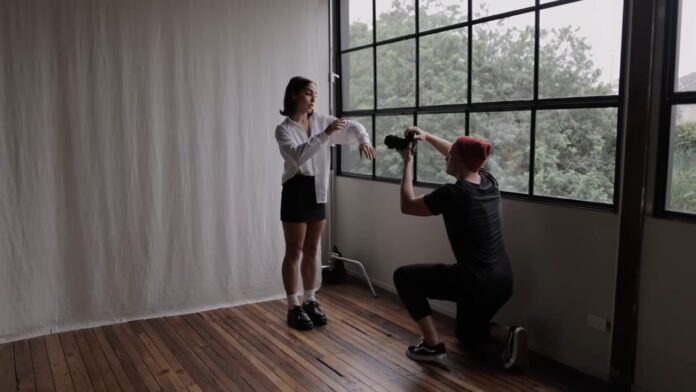
Why is portrait photography important?
Portrait photography does more than just show the image of one’s face. It should tell a story about the subject or convey an unspoken message about that person.
So, portrait photography should capture the essence of one’s personality and uniqueness. It is one of the best ways to show our individuality of each of us.
Does a portrait have to be a face?
No, a portrait does not necessarily have to be a face. While portraits are commonly associated with depicting the likeness of a person’s face, they can also be used to represent other parts of the body, such as hands or feet, or even an entire figure.
The term “portrait” generally refers to a representation of a specific individual or group of individuals, but it is not limited to depicting only their faces. For example, a portrait of a musician may depict them playing their instrument or a portrait of an athlete may show them in action on the field or court.
Ultimately, the purpose of a portrait is to capture the essence of the subject, whether that is through their physical likeness or some other characteristic that represents them. As such, a portrait can take many different forms and need not be limited to just the fa
What makes good portrait photography?
Good portrait photography is subjective and can vary depending on personal taste and the intended purpose of the portrait. However, there are some key elements that are generally considered to make a good portrait.
Firstly, a good portrait should capture the subject’s personality or essence. This can be achieved through various techniques, such as capturing their expression or body language, or placing them in a setting that reflects their interests or profession.
Secondly, a good portrait should have good composition. This means that the elements within the frame should be arranged in a pleasing and balanced way. The background should complement the subject rather than distract from them, and the lighting should be used to create a mood or highlight the subject’s features.
Thirdly, a good portrait should be technically sound. This means that the image should be in focus, properly exposed, and have good color balance. The photographer should also be mindful of the depth of field and use it to direct the viewer’s attention to the subject.
Verdict
Now you know that portrait photography is more complex than simply taken one’s photo.
A portrait can be the reflection of one’s emotions, personality, and underline one’s beauty traits, but, at the same time, it can also be a work of art.
Because we are all unique individuals, each of us can be the ideal subject for a portrait.
But it depends on the photographer and how well he or she is able to convey the desired message through the portrait.
This is why communication with the subject or subjects is extremely important for reaching the desired result. Also, using various angles and exposures will aid in getting the best images.

